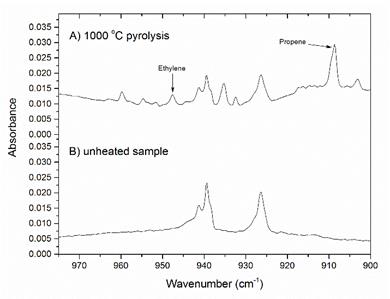Reports: UR453036-UR4: FTIR Analysis of the Radical and Molecular Products of Thermal Decomposition of Aldehydes and Nitrite Esters
Laura R. McCunn, PhD, Marshall University




Laura R. McCunn, PhD, Marshall University




Copyright © American Chemical Society